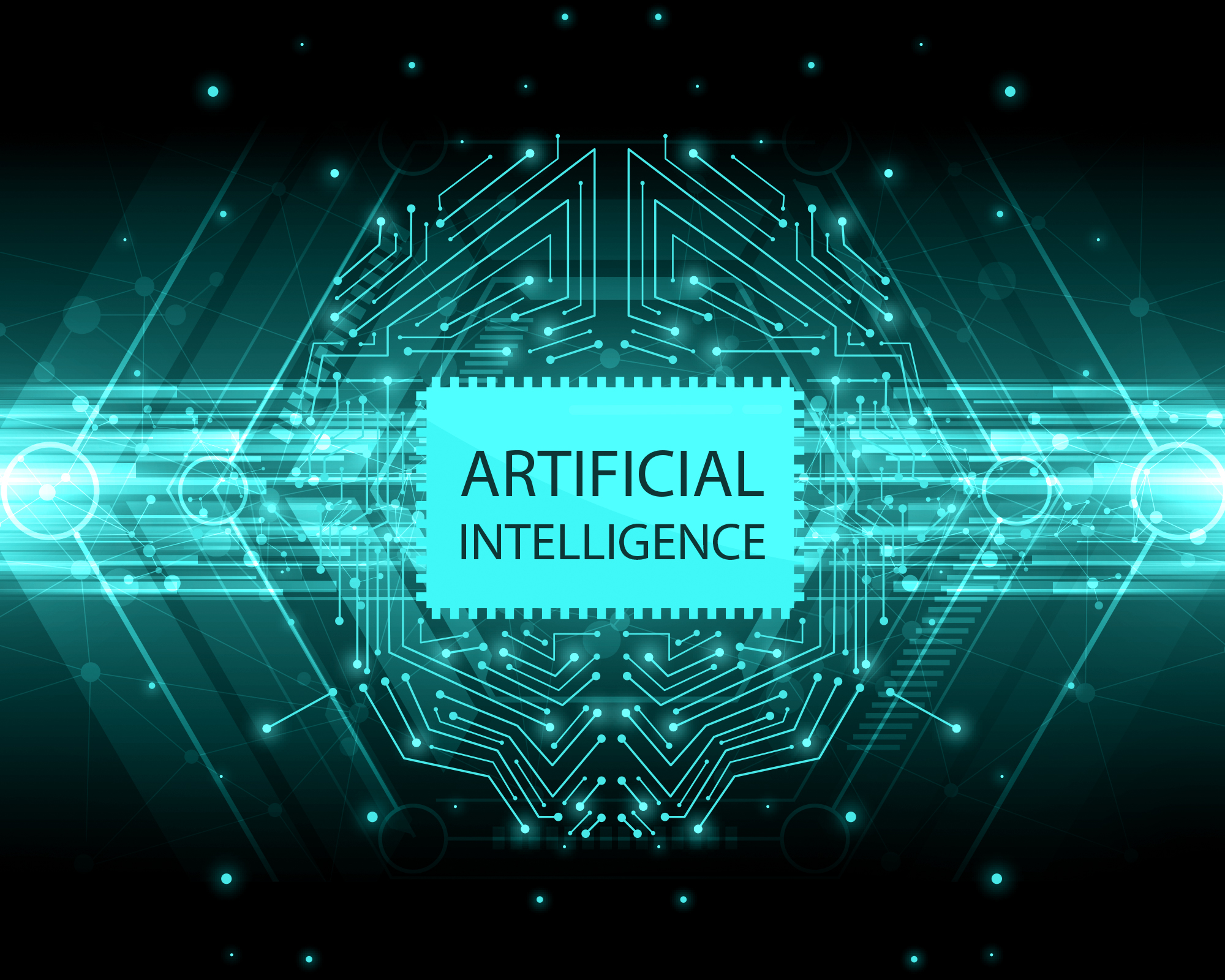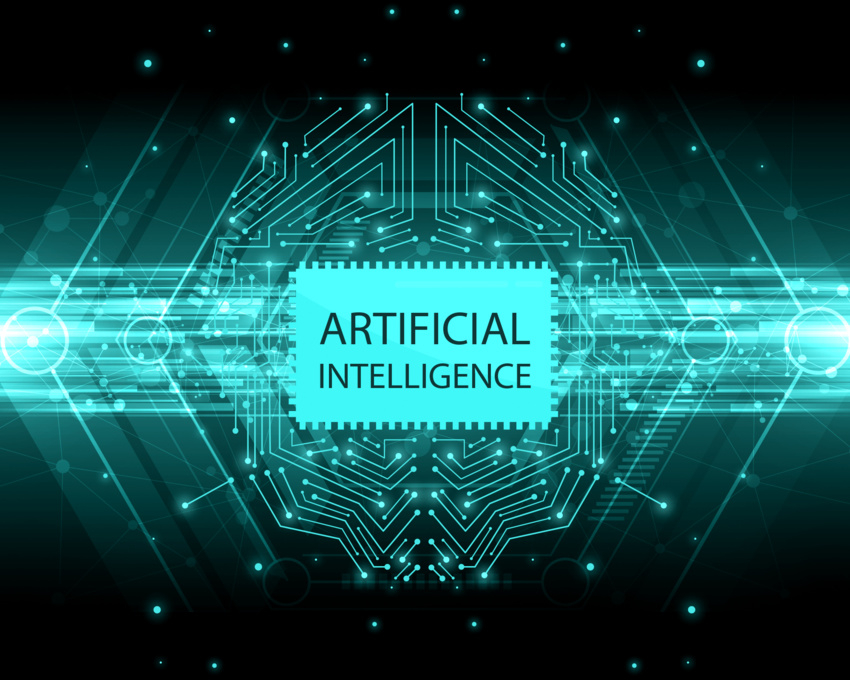Digital twins aren't new, but AI is expanding their capabilities. They are changing the way products are designed, manufactured, and maintained. The technology combination provides forensic insights into our increasingly complex and interconnected world.
Organizations gain granular insights into their operations by deploying digital twins and AI, allowing them to achieve significant cost savings, efficiency gains, and improved sustainability efforts. Product quality is also improved through defect reduction and faster resolution of issues throughout the lifecycle. Furthermore, more frequent and comprehensive development boosts innovation.
A digital twin, according to Gartner, is "a digital representation of a real-world entity or system." Data from multiple digital twins can be combined to form a composite view of a variety of real-world entities and processes, such as a power plant or a city." AI improves digital twins by allowing them to consider what-if scenarios and run simulations, providing previously unavailable insights. This enhanced situational awareness of cause and effect promotes more agile and long-term decision-making.
ESG
Digital twins not only help to optimize operations, but they also play an important role in enabling organizations to achieve their environmental, social, and governance (ESG) objectives. According to Cap Gemini research, 57% of organizations believe digital twin technology is essential for improving sustainability efforts. The digital twin enables organizations to test scenarios to achieve sustainability and climate goals by modelling and understanding how to reduce energy consumption and emissions. With sustainability becoming a global imperative, this will hasten adoption, especially as AI is increasingly used to augment digital twins.
So, let's take a look at how digital twins and AI are assisting in the improvement of sustainability in various settings.
Next gen cities
As cities strive to reduce their environmental impact, digital twins and AI will play a critical role. By analyzing data from various sources and testing different variables in the virtual model, they can create a virtual emulation to help planners understand how to reduce congestion, emissions, pollution, and other challenges.
Las Vegas is one city that is pioneering this approach, using the technology to forecast future energy needs, emissions, parking, traffic, and emergency management. To model and plan scenarios, IoT sensors collect data from cars, charging networks, and municipal infrastructure. The information gathered will be used to inform ESG policies and priorities by city officials.
As more cities around the world strive to become carbon neutral, digital twins and artificial intelligence (AI) provide a means to model and process massive amounts of data from disparate sources, allowing municipalities to fully understand how different decisions and policies will impact strategic climate goals.
Organizations gain granular insights into their operations by deploying digital twins and AI, allowing them to achieve significant cost savings, efficiency gains, and improved sustainability efforts. Product quality is also improved through defect reduction and faster resolution of issues throughout the lifecycle. Furthermore, more frequent and comprehensive development boosts innovation.
A digital twin, according to Gartner, is "a digital representation of a real-world entity or system." Data from multiple digital twins can be combined to form a composite view of a variety of real-world entities and processes, such as a power plant or a city." AI improves digital twins by allowing them to consider what-if scenarios and run simulations, providing previously unavailable insights. This enhanced situational awareness of cause and effect promotes more agile and long-term decision-making.
ESG
Digital twins not only help to optimize operations, but they also play an important role in enabling organizations to achieve their environmental, social, and governance (ESG) objectives. According to Cap Gemini research, 57% of organizations believe digital twin technology is essential for improving sustainability efforts. The digital twin enables organizations to test scenarios to achieve sustainability and climate goals by modelling and understanding how to reduce energy consumption and emissions. With sustainability becoming a global imperative, this will hasten adoption, especially as AI is increasingly used to augment digital twins.
So, let's take a look at how digital twins and AI are assisting in the improvement of sustainability in various settings.
Next gen cities
As cities strive to reduce their environmental impact, digital twins and AI will play a critical role. By analyzing data from various sources and testing different variables in the virtual model, they can create a virtual emulation to help planners understand how to reduce congestion, emissions, pollution, and other challenges.
Las Vegas is one city that is pioneering this approach, using the technology to forecast future energy needs, emissions, parking, traffic, and emergency management. To model and plan scenarios, IoT sensors collect data from cars, charging networks, and municipal infrastructure. The information gathered will be used to inform ESG policies and priorities by city officials.
As more cities around the world strive to become carbon neutral, digital twins and artificial intelligence (AI) provide a means to model and process massive amounts of data from disparate sources, allowing municipalities to fully understand how different decisions and policies will impact strategic climate goals.
Building Smart Industries
Digital twins in industrial settings enable manufacturers to understand how to optimize their operations and improve sustainability. The simulation, for example, can identify potential pain points, highlight areas of energy loss, and highlight opportunities to reduce consumption. The AI algorithm can process data, recognize patterns, and predict future outcomes far beyond the capabilities of human cognition. Furthermore, virtual simulation reduces the waste and energy associated with the construction of physical prototypes.
By simulating a production line, manufacturers can learn how to make changes at each stage that reduce environmental impact and improve efficiency, resulting in cost savings. Unilever tested the technologies at one site and saved $2.8 million by lowering energy consumption and increasing productivity.
These are just a few examples of how artificial intelligence and digital twins are ushering in a new era of intelligent manufacturing.
By simulating a production line, manufacturers can learn how to make changes at each stage that reduce environmental impact and improve efficiency, resulting in cost savings. Unilever tested the technologies at one site and saved $2.8 million by lowering energy consumption and increasing productivity.
These are just a few examples of how artificial intelligence and digital twins are ushering in a new era of intelligent manufacturing.
Developing Smart Buildings
Another area where digital twins are assisting in sustainability efforts is in the development of smart buildings. With increasing regulation aimed at designing greener buildings, the construction industry requires a way to scenario plan to reduce environmental impact and energy consumption before breaking ground.
The digital model enables infrastructure owners to better utilize resources, address human needs, and make decisions that contribute to a more sustainable built environment. By combining data from various sources, better resource planning is now possible. To provide context, Accenture estimates that virtual twin technologies can reduce energy consumption in buildings by 30% to 80%.
As digital twin adoption and intelligent technologies spread, they will enable better decisions that support a more circular, less carbon-intensive economy, resulting in a more sustainable planet.
The digital model enables infrastructure owners to better utilize resources, address human needs, and make decisions that contribute to a more sustainable built environment. By combining data from various sources, better resource planning is now possible. To provide context, Accenture estimates that virtual twin technologies can reduce energy consumption in buildings by 30% to 80%.
As digital twin adoption and intelligent technologies spread, they will enable better decisions that support a more circular, less carbon-intensive economy, resulting in a more sustainable planet.


 Keys to sustainable future through AI
Keys to sustainable future through AI





 Companies
Companies